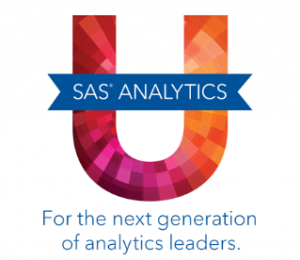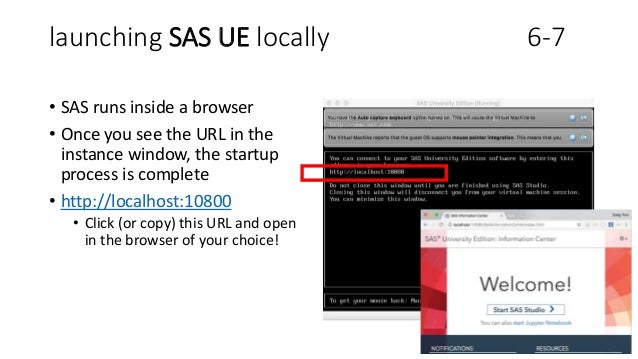

DBMS stands for Database Management Systems and specifies the file type of data to import. The third argument of the PROC IMPORT procedure is the DBMS=-argument. This argument identifies the name of the SAS output dataset. The second argument of the PROC IMPORT procedure is the OUT=-argument. This information must be enclosed in double-quotes.

This argument specifies the location, file name, and file extension of the Excel file. The first argument of the PROC IMPORT procedure is the FILE=-argument. Define the location, file name, and file extension These are the steps to import an Excel File in SAS:ġ. How to Import an Excel File into SAS with PROC IMPORT For example, you can specify the sheet you want to import and start the import from the second row.

The PROC IMPORT procedure provides you great flexibility. The easiest method to import an Excel File into SAS is with PROC IMPORT. Import an Excel File into SAS with PROC IMPORT To follow the examples in this article, you could export this dataset as an Excel file first and save it as “ shoes.xlsx“. Unless the services appeal to you, click “No Thanks” below the orange box.The file above is based on the SHOES dataset from the SASHELP library.

You do not need to accept the special offer.To use the Amazon Web Services (AWS) edition: (Costs may apply for certain levels of usage, or after 12 months of AWS free tier usage) (You may also want to restart your computer following the installation to avoid some issues.) Once you are running your Virtual Machine package, use the following site to ensure that all settings are correct.Add SAS to the VM software package using the appropriate instruction set below:.Review the order summary, and click the Download link under SAS University Edition *Make sure to download and extract this file to the download folder* (This download is nearly 2 GB and will take some time).Read the page carefully, then click Accept Terms & Conditions. Once signed in you should be at a terms and conditions page.If you don’t already have a SAS account, click Create and follow the instructions to create a new account. *Make sure that you click the link that corresponds with your chosen VM software package.* Click the Get Download link at the bottom of the page.Download and install one or both of the VM packages (We recommend and have had better experiences with the VMware packages).Choose between two VM packages that are detailed on the next page.To access SAS University Edition:įor installing on a local machine (recommended): SAS University Edition provides free access to SAS Studio with two options for installation on a local machine or on Amazon Web Services.


 0 kommentar(er)
0 kommentar(er)
